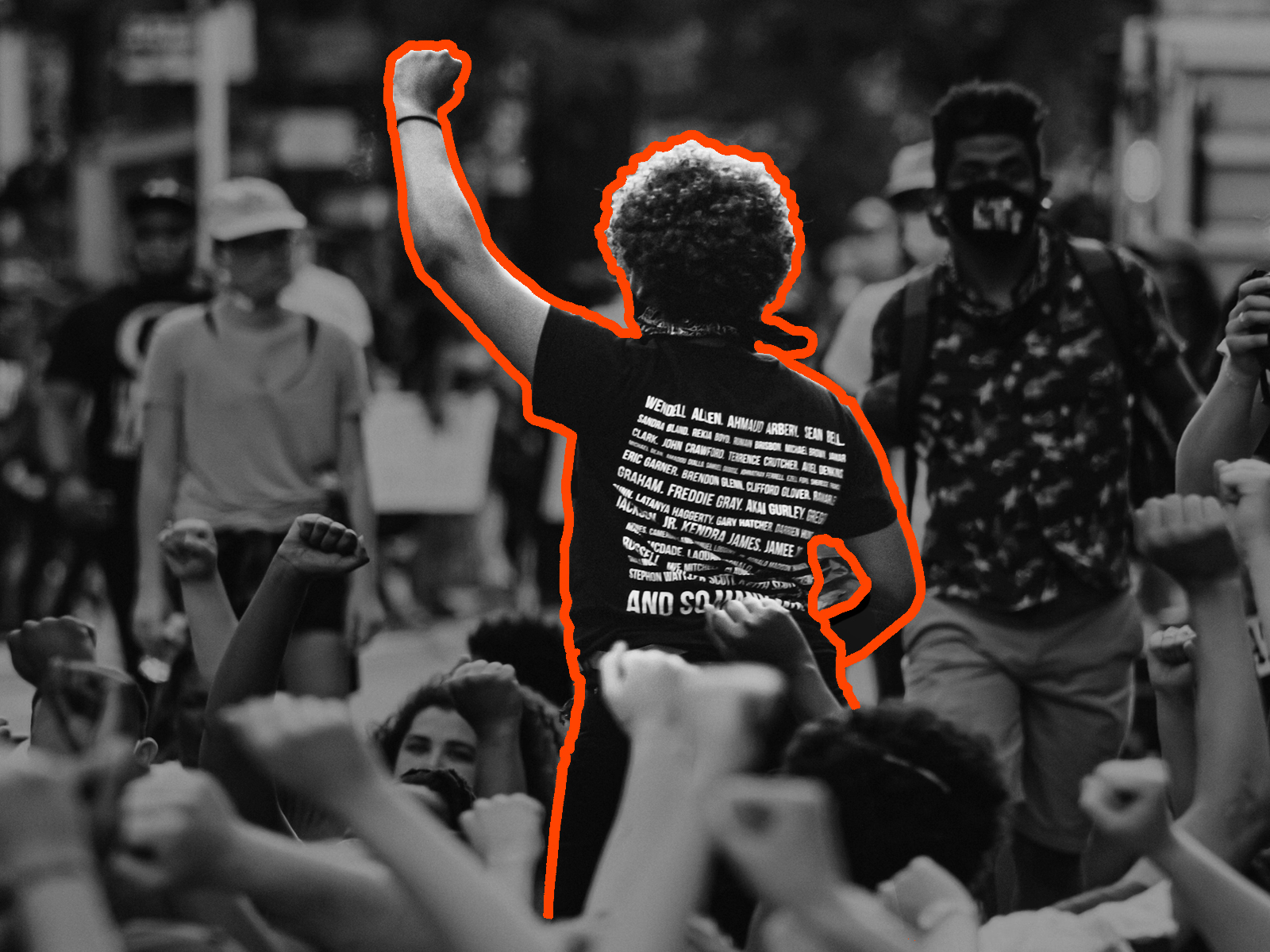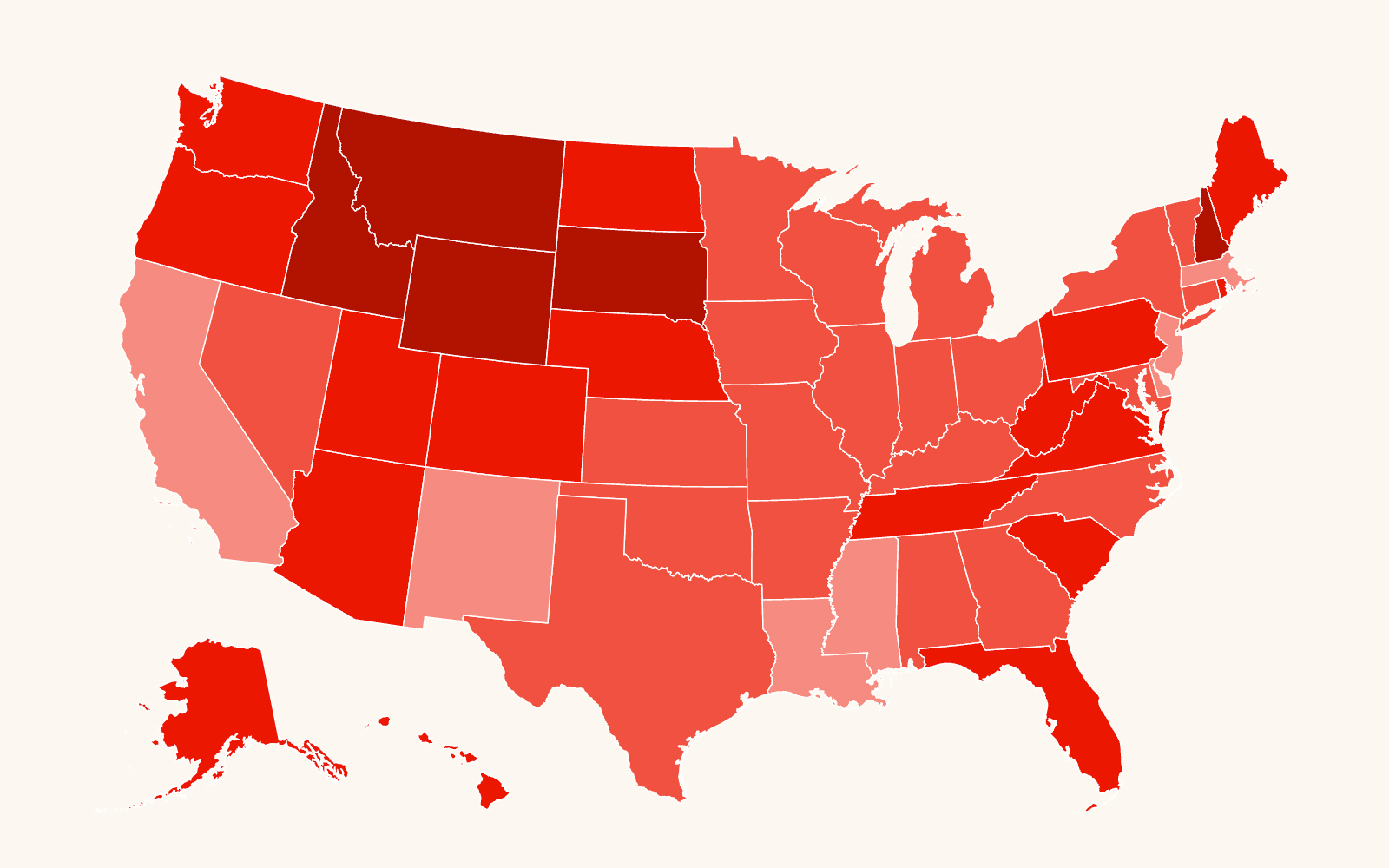Report finds more than 2,000 Confederate symbols continue to stand across the U.S. in 2024
MONTGOMERY, Ala. — Today, the Southern Poverty Law Center (SPLC) released their bi-annual Whose Heritage? report, data and map, tracking public symbols of the Confederacy across the United States.
This report comes out as many states celebrate Confederate History Day and Month during April. The new report sheds light on the continued presence of Confederate symbols and their impact on society and highlights a history of Black and white Southern abolitionists, interracial labor struggles in the South, and civil rights heroes.
To date, more than 2,000 Confederate symbols continue to stand in public spaces across the U.S., while 683 are Confederate monuments. The balance consists of government buildings, plaques, markers, schools, parks, counties, cities, military property and streets and highways named after anyone associated with the Confederacy.
“As the Trump administration escalates its efforts to rewrite our history, we cannot let up in telling the whole, true story of our nation,” said Margaret Huang, president and CEO, SPLC. “Our report explores the tremendous harms of glorifying white supremacy in monuments and memorials, from keeping false narratives of racial hierarchy alive to propping up ongoing systemic discrimination. We need spaces of public memory that capture the full truth of our history, especially the struggle for freedom and civil rights.”
Recently, the Trump administration restored the former names of two military bases that honored Confederate generals: Fort Liberty in North Carolina was reverted back to Fort Bragg, while Fort Moore in Georgia was changed back to Fort Benning.
“We should not honor those who fought to continue slavery and tear apart our democracy,” Huang added. “It’s on all of us to lead efforts in our own communities to promote truth-telling and reconciliation. Our report serves as a tool to support that critical work.”
The report includes:
- Exposing the white supremacy behind the “Lost Cause” myth, which falsely frames the Civil War as a fight against Northern aggression rather than to preserve slavery. This is key to resisting attempts to reinstate Confederate symbols in public spaces — like the recent renaming of U.S. military bases;
- Arguments about how attacks on public education and anti-student inclusion efforts are regressive and harmful;
- Stories of communities’ building new symbols of truthful U.S. history, making space for new stories and inspiring new and continued community efforts;
- A road map for organizing campaigns to communicate the truth about Confederate symbols through an updated Whose Heritage? community action guide.
“The fourth edition of the SPLC’s Whose Heritage? Report revisits the state of Confederate memorials and the politics of Civil War memory in the U.S., focusing on progress and challenges tackled in 2023 and 2024,” adds Rivka Maizlish, senior research analyst, SPLC’s Intelligence Project. The report advocates uncovering and honoring the legacy of Black and white Southern abolitionists, interracial labor struggles and Civil Rights heroes as a true representation of Southern history. Unlike previous editions, this report addresses challenges under the second Trump administration and further points to a Southern heritage that all Americans can embrace, rather than honoring traitors and white supremacists.”
If you know of a Confederate symbol in your area or want to share an update, please email us at [email protected].
###
About the Southern Poverty Law Center
The Southern Poverty Law Center is a catalyst for racial justice in the South and beyond, working in partnership with communities to dismantle white supremacy, strengthen intersectional movements, and advance the human rights of all people. For more information, visit www.splcenter.org.
[KA1]Add link to action guide.


